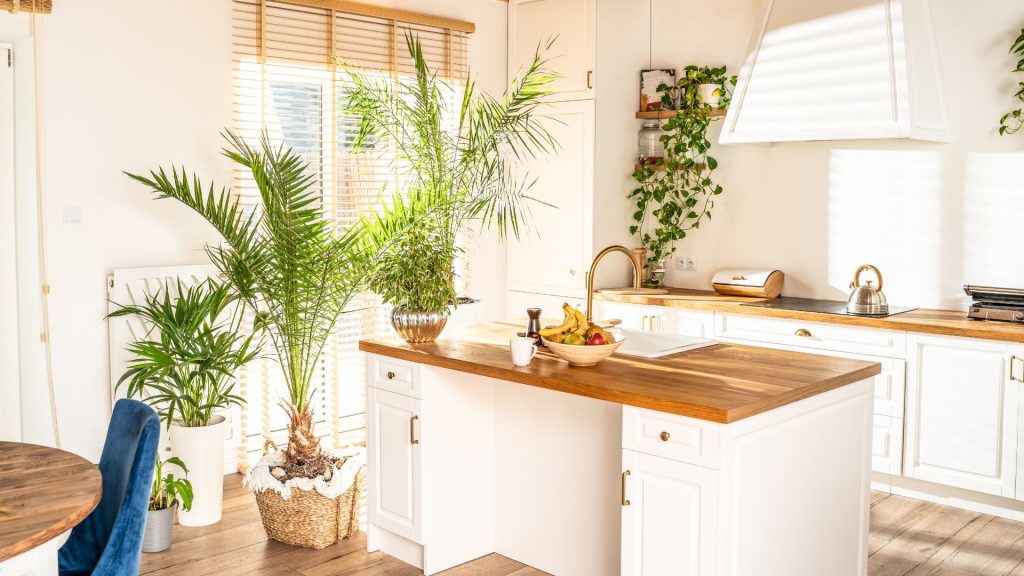Indoor plants and flowers in the interior of the kitchen are always beautiful and useful – they freshen the air and add coziness and color. But the kitchen is not the best place to start a home garden because of the sudden changes in temperature, the abundance of fatty fumes, and high humidity. Therefore, when choosing plants for the kitchen, you should not focus only on their beautiful appearance. After all, a blooming specimen you like in the store may turn out to be completely unsuitable for life in the conditions of this room. But still, there are several plants and indoor flowers that can and should be grown in the kitchen. Let’s figure out what kind of plants they are, how to care for them, and where it is better to put them.
Best Indoor Plants for the Kitchen
Chlorophytum
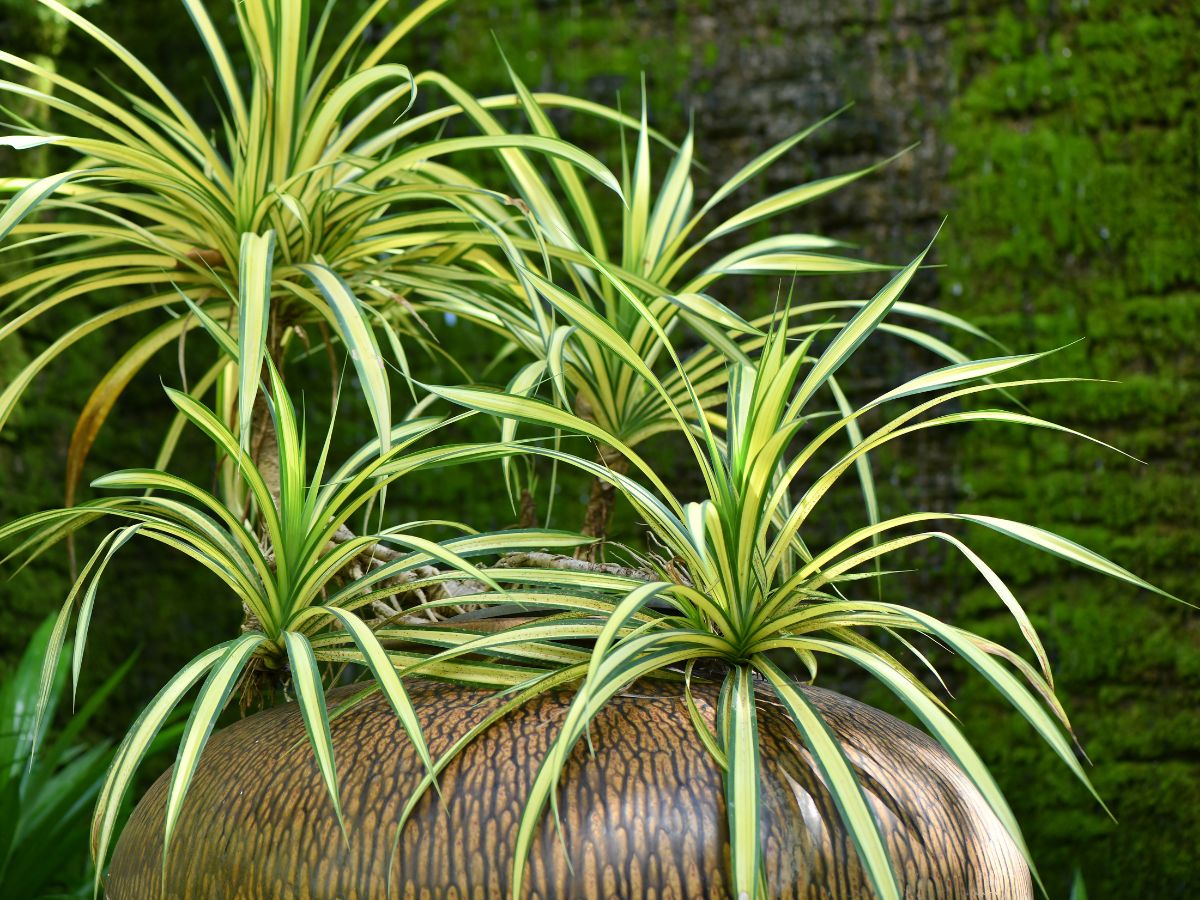
An absolute favorite of kitchen photo design, Chlorophytum has become famous for two irreplaceable qualities – the greatest endurance and the best air-purifying characteristics.
Chlorophytum is not afraid of drafts, copes with typical kitchen pollutants and perfectly tolerates temperature fluctuations and different humidity.
A large rosette of chlorophytum basal leaves resembles a lush bunch. Long, lanceolate, with a central “fold”, they flaunt with a rich light green or variegated color and droop beautifully in arcs. This plant would be a wonderful decor in your kitchen. But keep in mind that the foliage is quite brittle and fragile. Prefers diffused light or partial shade.
Kalanchoe
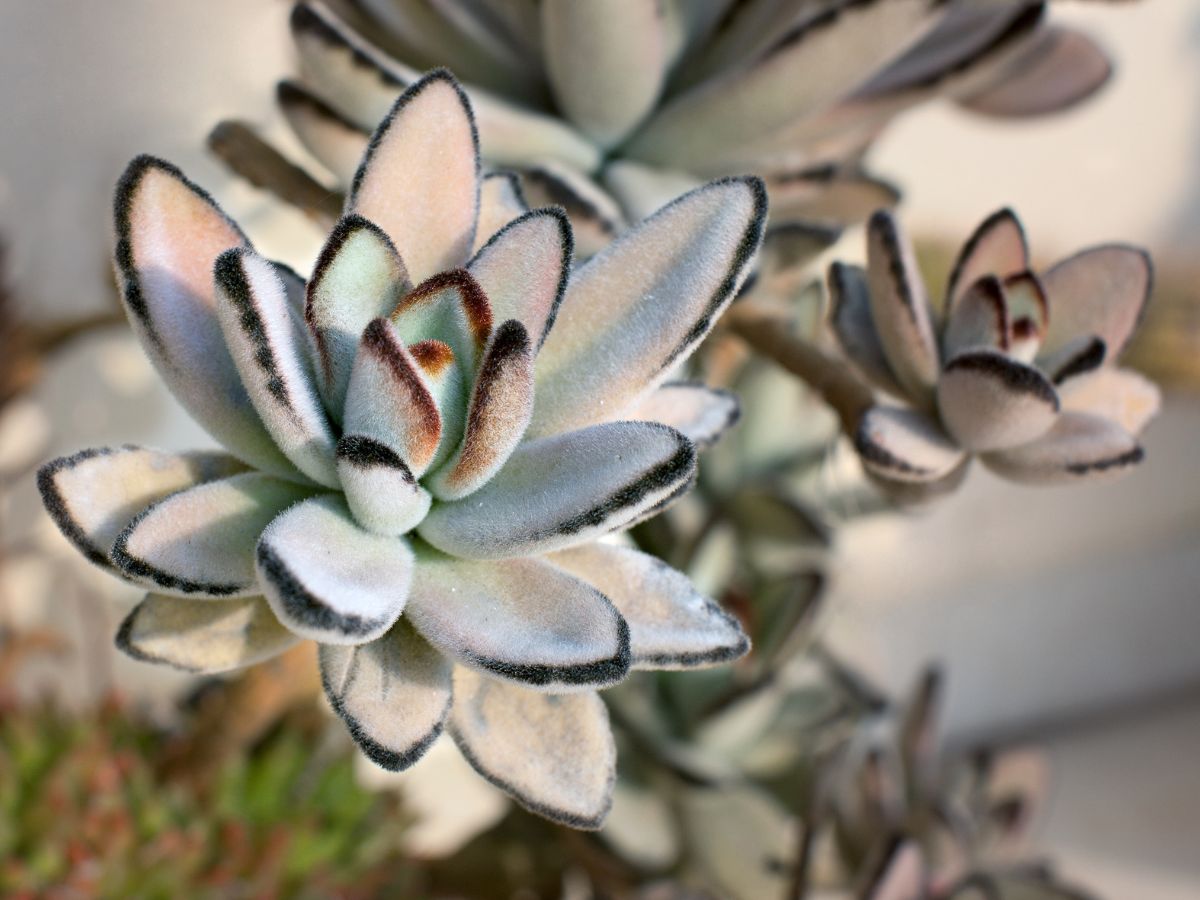
Colorful and so fancy, Kalanchoe is one of the brightest flowering plants to use in a kitchen garden.
Even though just a few years ago the Kalanchoe was considered obsolete, today it is again ranked among the fashionable and modern types. This is due to the extraordinary range of varieties with improved flowering characteristics and dazzling, almost acrylic colors. Dazzling yellow, pink, white, red, bicolor, and large-flowered variations transform the dense umbrellas of the inflorescences into true colored spots.
Kalanchoe modern varieties have very compact sizes, which allows you to place flowers even in the kitchen that has a little space. Thick, fleshy leaves of a rounded shape and attractive dark color perfectly store water, which makes Kalanchoe one of the most drought-resistant plants. Lighting requirements depend on which variety you decide to purchase. Prefers moderate watering, waterlogging should be avoided.
Aloe Vera
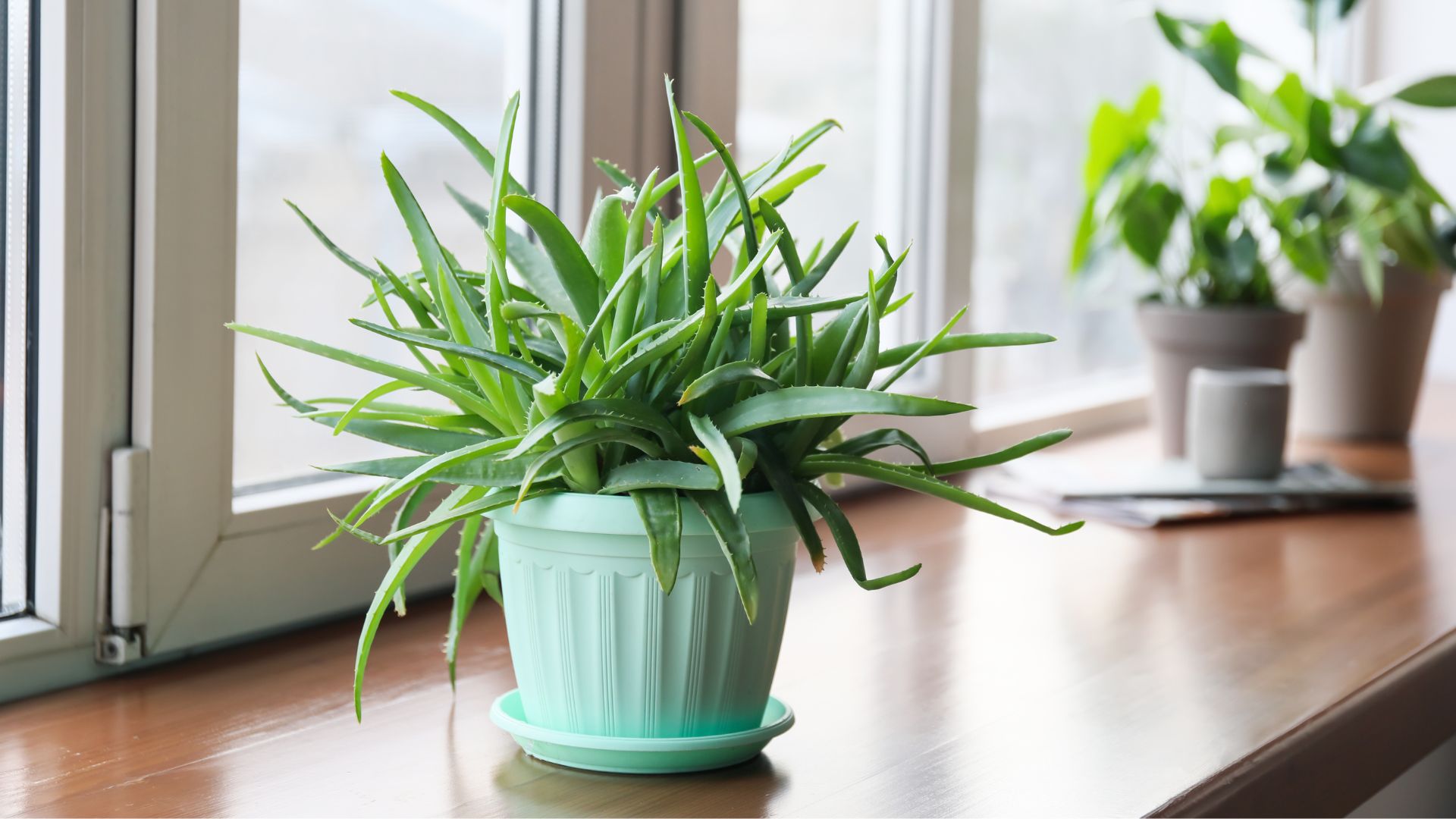
Gardeners love this indoor kitchen plant for its resistance. The people even nicknamed it “plant of immortality”. A pleasant bonus to its vitality is the concentration of vitamins and minerals useful for the skin. This is a real potted pharmacy. We recommend growing it close to the stove. In case you get burned, simply cut one sheet and squeeze the gel onto the burn. You would instantly feel the cooling effect.
English Ivy
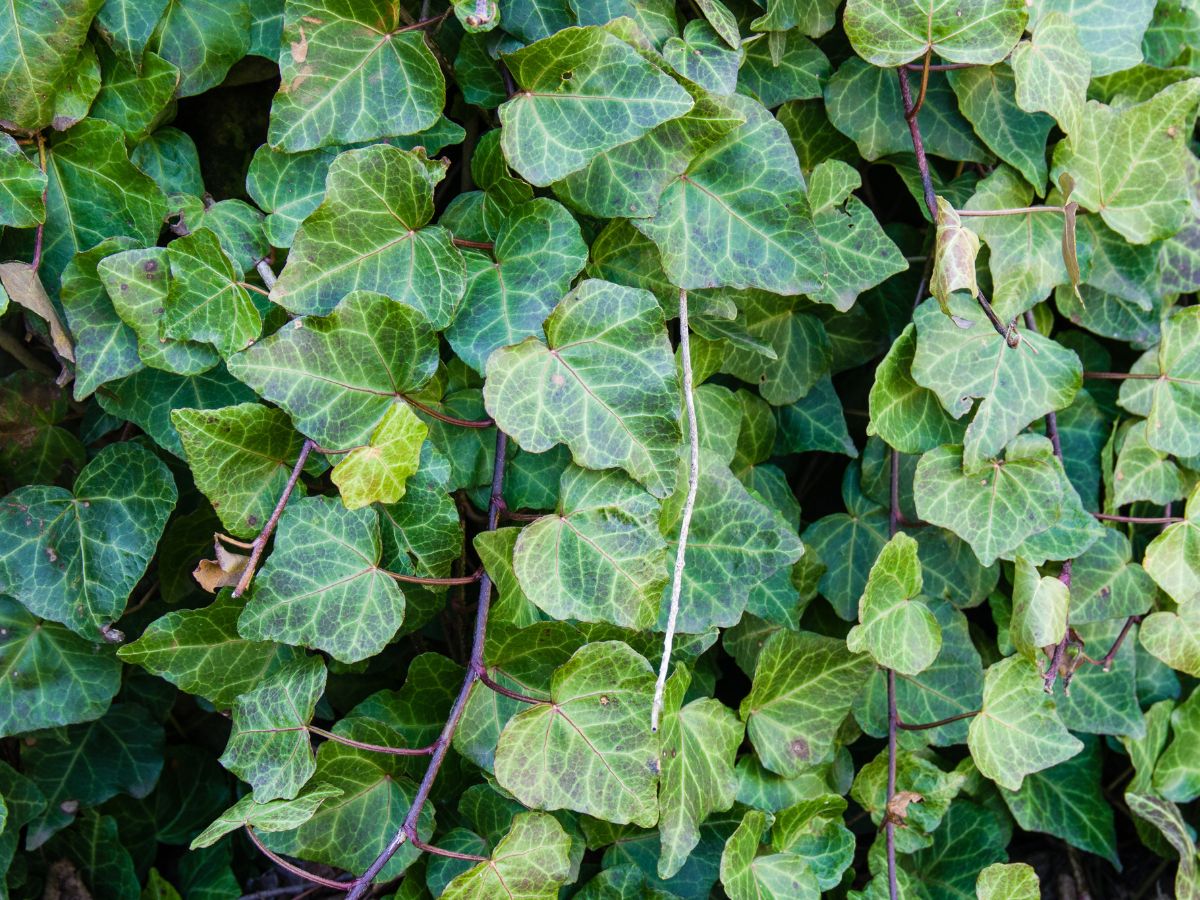
This fairly hardy houseplant is quite easy to maintain. English ivy grows well in shade so it’s a good option if your kitchen isn’t getting enough natural light. Long, twisting vines may seem impractical at first glance, but they make the plant ideal for a hanging basket or high shelf. Most importantly, its leaves absorb formaldehyde, a common indoor pollutant.
Calamondin Orange
The orange tree calamondin would bring bright color and aroma to the kitchen. This hardy tree prefers sunlight but can grow in darker areas as well. Although the tree can reach 3ft or more, it is usually short and shrub-like. You would have to be patient if you want to eat an orange in your kitchen. It can take an entire year for an orange to ripen.
Sansevieria
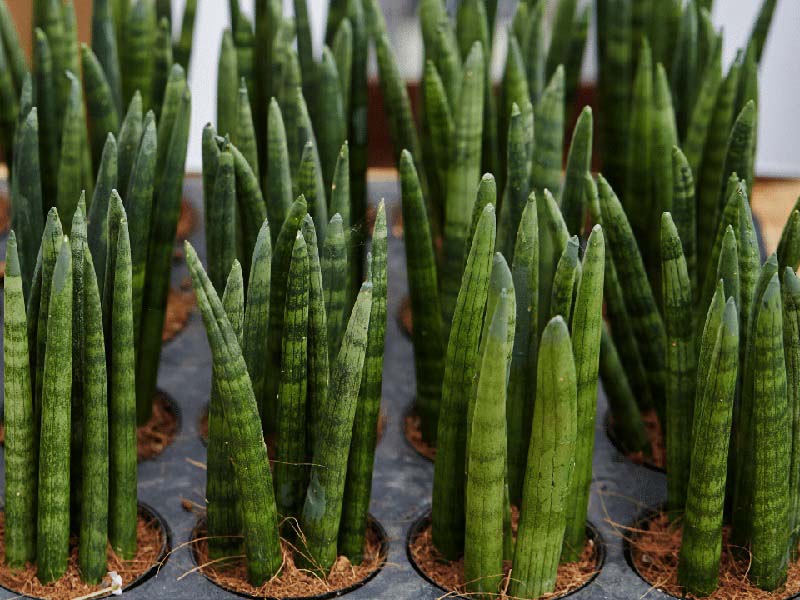
This indoor flower is quite unpretentious and grows well with a lack of light and watering. It puts up with excessive dryness of the air and is not afraid of drafts. Its juicy variegated long leaves growing upward can decorate any room. There are undersized varieties of this plant. Sansevieria enriches the apartment with oxygen and cleans the air well from harmful substances. The plant releases a large number of phytoncides into the atmosphere, which fights against pathogenic microorganisms. It is best to place this kitchen plant by the south window.
Aspidistra (Cast Iron Plant)

The name of the plant, related to the frying pan, is not the only reason to find a place for it in the kitchen. The cast iron plant is very unpretentious and resistant to climatic conditions. It would tolerate poor lighting, temperature fluctuations, and occasional watering. The plant can only be “killed” by constant watering, which would lead to rotting of the soil, and by frequent transplants.
Chlorophytum Comosum
Chlorophytum feels great in any room. It would grow in the shade, dry and humid air, and tolerate insufficient watering. Due to the unpretentiousness of the plant, it can be placed anywhere – on the windowsill, countertop, or top of kitchen cabinets. Chlorophytum creates its microclimate around itself: the plant cleans the air from harmful impurities and microbes.
Aglaonema
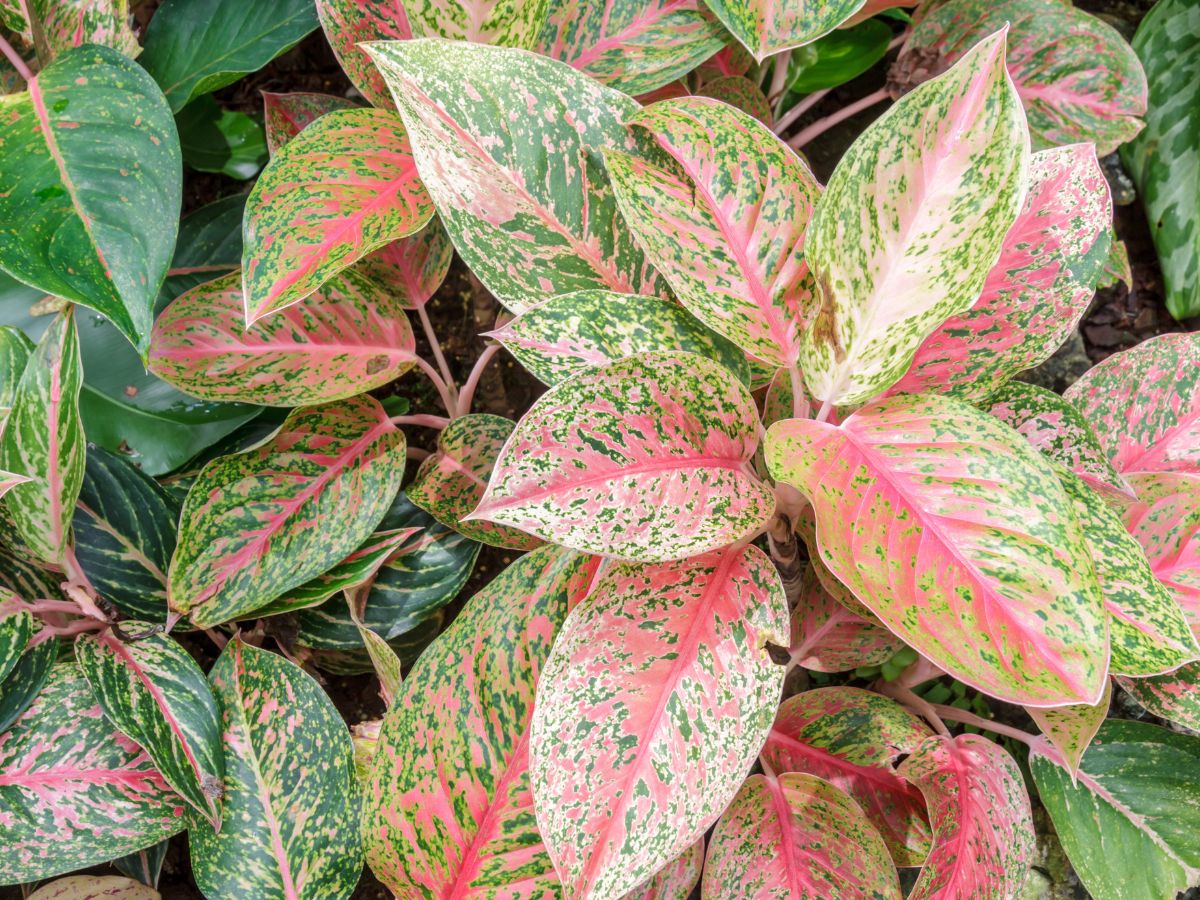
A plant native to the rainforest, it loves warmth. The optimum temperature for it is 68- 77 °F. These kitchen plants don’t need a lot of sunlight. You need to water it as the soil dries out. In addition to the fact that its leaves with a peculiar pattern would decorate any kitchen, they would also purify the air and reduce the content of harmful substances in it.
Pilea Cadierei (Aluminum Plant)
This flower does not require any special care. It would be enough that you place this plant for the kitchen on a window sill with diffused light and away from drafts. Never allow the soil to dry out. The main feature of this plant is the beautiful pattern on the leaves, which would add bright colors to your space. This plant looks good in hanging baskets, which makes it easy to find a place for it even in a small kitchen.
Our list of best kitchen plants is coming to an end. When choosing indoor plants that can decorate the interior of the kitchen, it is best to dwell on the classic cultures that have been tested by time and experience. You should not look for the most unusual plants or experiment with “newbies”: they should be in the living room and other rooms, but not in an unstable environment.


